Container Bush Beans: Imagine stepping onto your balcony or into your backyard and plucking fresh, crisp beans right from your own little garden. Sounds idyllic, right? Well, it’s more achievable than you might think! For centuries, cultivating beans has been a cornerstone of human sustenance, dating back to ancient civilizations in the Americas. These versatile legumes have nourished communities and cultures across the globe.
But let’s face it, not everyone has acres of land to dedicate to a sprawling vegetable patch. That’s where the magic of container gardening comes in! I’m here to show you how incredibly easy it is to grow your very own container bush beans, even if you’re short on space or a seasoned gardener looking for a quick and rewarding project.
Why should you bother with this DIY trick? Because nothing beats the taste of homegrown produce, and knowing exactly where your food comes from is incredibly empowering. Plus, growing your own beans is a fantastic way to reduce your carbon footprint, save money at the grocery store, and enjoy a fun, therapeutic hobby. So, grab your gardening gloves, and let’s dive into the wonderful world of container bush beans!
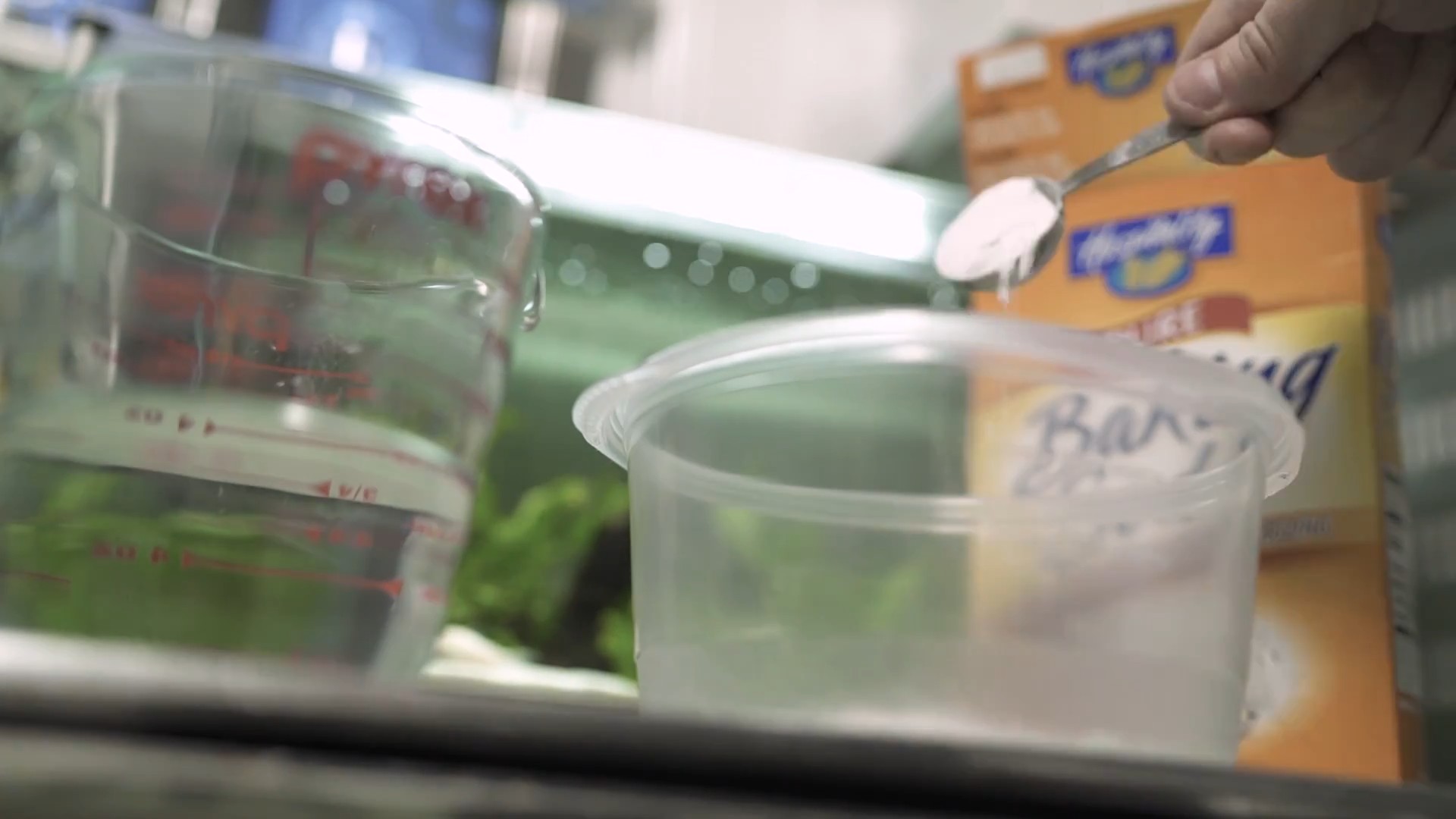
Growing Bush Beans in Containers: A Beginner’s Guide
Hey there, fellow gardening enthusiasts! I’m so excited to share my experience with growing bush beans in containers. It’s a fantastic way to enjoy fresh, homegrown beans even if you don’t have a sprawling backyard. Trust me, it’s easier than you think, and the reward of snapping those crisp, delicious beans right off the plant is totally worth it. Let’s dive in!
Choosing the Right Container and Soil
Before we even think about seeds, we need to set the stage for success. The right container and soil are crucial for happy, productive bean plants.
* Container Size: Bush beans don’t need a ton of space, but they do need enough room for their roots to spread. I’ve found that a container that’s at least 12 inches in diameter and 12 inches deep works perfectly. You can use larger containers, of course, but that’s a good minimum.
* Drainage: This is non-negotiable! Make sure your container has drainage holes. Beans hate sitting in soggy soil, which can lead to root rot. If your container doesn’t have holes, you can drill some yourself.
* Material: Plastic, terracotta, ceramic – the material of your container is mostly a matter of personal preference. Terracotta pots look beautiful, but they tend to dry out faster than plastic. Plastic is lightweight and retains moisture well, but it might not be as aesthetically pleasing. Choose what works best for your style and climate.
* Potting Mix: Don’t use garden soil in your containers! It’s too heavy and doesn’t drain well. Instead, opt for a high-quality potting mix. I like to use a mix that’s specifically formulated for vegetables, as it usually contains added nutrients. You can also amend your potting mix with compost for extra richness.
Selecting Your Bush Bean Variety
There are tons of bush bean varieties to choose from, each with its own unique characteristics. Here are a few of my favorites:
* Blue Lake Bush: A classic choice, known for its high yields and delicious flavor. The beans are long, straight, and stringless.
* Contender: An early-maturing variety that’s perfect for gardeners in cooler climates. The beans are tender and flavorful.
* Provider: Another early-maturing option that’s also disease-resistant. The beans are dark green and have a slightly nutty flavor.
* Roma II: A flat-podded Italian bean with a rich, buttery flavor. It’s great for grilling or sautéing.
* Royal Burgundy: A beautiful purple bean that turns green when cooked. It’s a fun and flavorful addition to any garden.
When choosing a variety, consider your climate, your taste preferences, and how much space you have. Read the seed packet descriptions carefully to learn about each variety’s specific needs.
Planting Your Bush Bean Seeds
Now for the fun part – planting! Here’s how I plant my bush bean seeds in containers:
1. Gather Your Supplies: You’ll need your container, potting mix, bean seeds, a trowel, and a watering can.
2. Fill the Container: Fill your container with potting mix, leaving about an inch or two of space at the top.
3. Sow the Seeds: Make small holes about 1 inch deep and 2-3 inches apart. I usually plant 3-4 seeds per container, just to be safe. If all the seeds sprout, you can thin them out later.
4. Cover the Seeds: Gently cover the seeds with potting mix and lightly pat down the soil.
5. Water Thoroughly: Water the container gently but thoroughly, until the water drains out of the bottom.
6. Find a Sunny Spot: Bush beans need at least 6-8 hours of sunlight per day. Place your container in a sunny location, such as a patio, balcony, or deck.
Caring for Your Bush Bean Plants
Once your seeds have sprouted, it’s important to provide them with the right care to ensure a bountiful harvest.
* Watering: Bush beans need consistent moisture, especially during hot weather. Water deeply whenever the top inch of soil feels dry to the touch. Avoid overwatering, as this can lead to root rot. I usually water my beans every day or two, depending on the weather.
* Fertilizing: Bush beans are relatively light feeders, but they will benefit from occasional fertilization. I like to use a balanced liquid fertilizer, diluted to half strength, every 2-3 weeks. You can also amend your soil with compost or other organic matter.
* Support: Bush beans don’t typically need staking, but if your plants are getting tall and leggy, you can provide them with some support. A small trellis or tomato cage will do the trick.
* Pest Control: Keep an eye out for common bean pests, such as aphids, bean beetles, and spider mites. You can usually control these pests with insecticidal soap or neem oil. I prefer to use organic pest control methods whenever possible.
* Weeding: Keep your container free of weeds, as they can compete with your bean plants for nutrients and water. Hand-pull any weeds that pop up.
Harvesting Your Bush Beans
The moment you’ve been waiting for – harvesting! Bush beans are typically ready to harvest about 50-60 days after planting.
* When to Harvest: Harvest your beans when they are young, tender, and about the size of a pencil. They should snap easily when bent. If the beans are too large or tough, they will be less flavorful.
* How to Harvest: Gently snap the beans off the plant, being careful not to damage the stems. Harvest regularly to encourage continued production.
* Enjoy Your Harvest: Bush beans are delicious eaten fresh, steamed, sautéed, or added to soups and stews. You can also freeze or can them for later use.
Troubleshooting Common Problems
Even with the best care, you might encounter some problems while growing bush beans in containers. Here are a few common issues and how to address them:
* Yellowing Leaves: This could be a sign of overwatering, underwatering, or nutrient deficiency. Check the soil moisture and adjust your watering schedule accordingly. Fertilize your plants with a balanced fertilizer.
* Lack of Flowers: This could be due to insufficient sunlight, poor soil, or extreme temperatures. Make sure your plants are getting enough sunlight and fertilize them with a fertilizer that’s high in phosphorus.
* Bean Beetles: These pests can quickly defoliate your bean plants. Hand-pick the beetles off the plants or spray them with insecticidal soap or neem oil.
* Powdery Mildew: This fungal disease can cause a white, powdery coating on the leaves. Improve air circulation around your plants and spray them with a fungicide.
Extending Your Bean Season
Want to enjoy fresh beans for as long as possible? Here are a few tips for extending your bean season:
* Succession Planting: Plant a new batch of seeds every 2-3 weeks to ensure a continuous harvest.
* Choose Early-Maturing Varieties: Select varieties that mature quickly, so you can start harvesting sooner.
* Protect from Frost: If you live in an area with early frosts, cover your plants with a frost blanket to protect them from the cold.
* Move Indoors: If you have a sunny windowsill or grow lights, you can move your bean plants indoors to extend the season.
Growing bush beans in containers is a rewarding and enjoyable experience. With a little bit of care and attention, you can enjoy fresh, homegrown beans all season long. Happy gardening!
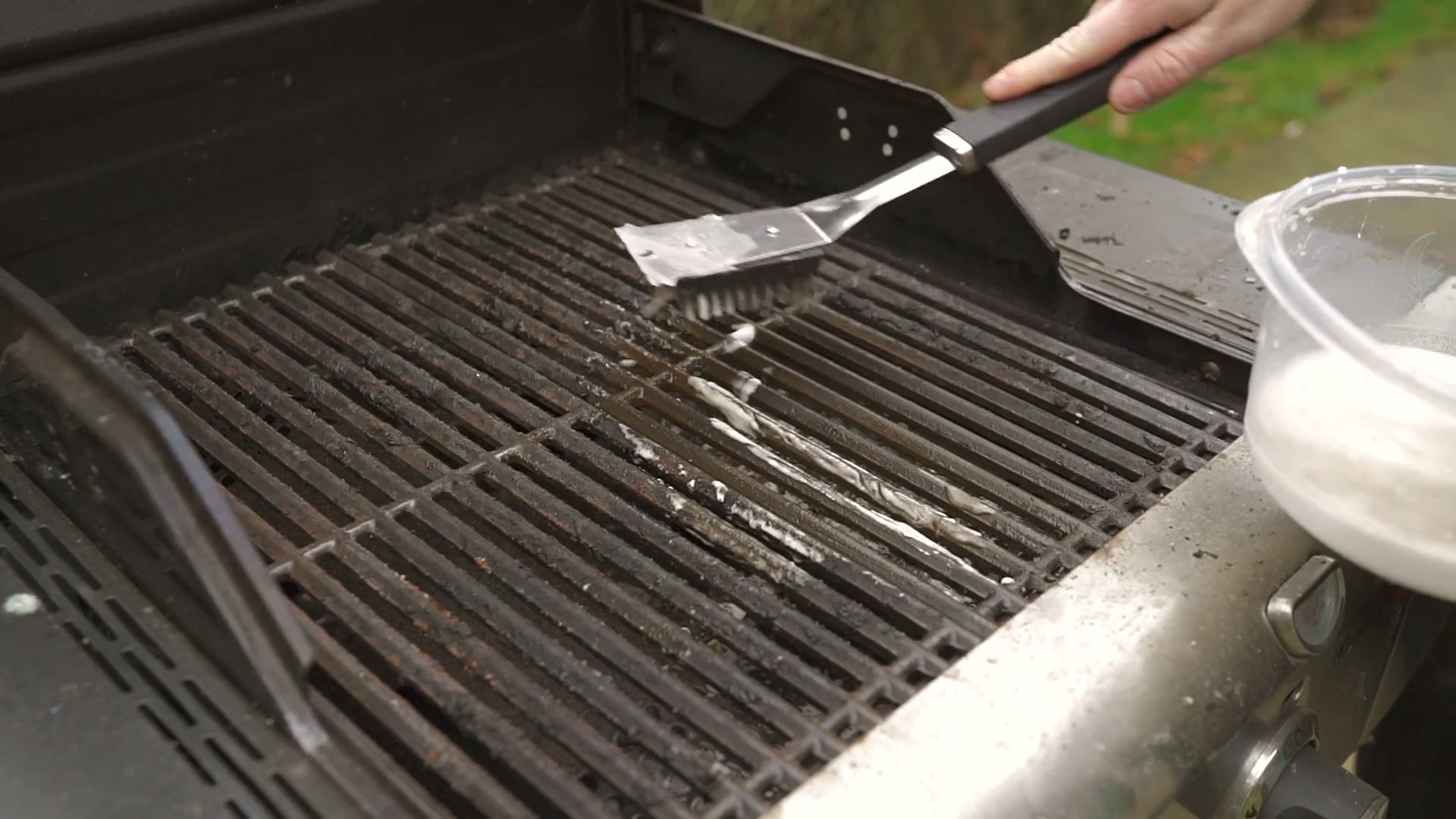
Conclusion
So, there you have it! Growing container bush beans is not only achievable but also incredibly rewarding. This DIY trick transforms even the smallest of spaces into a thriving mini-farm, providing you with fresh, delicious beans right at your fingertips. Forget those bland, store-bought beans – imagine the vibrant flavor and satisfying crunch of beans you’ve nurtured from seed to harvest.
Why is this a must-try? Because it’s simple, cost-effective, and connects you to the food you eat in a profound way. It’s a fantastic project for families, teaching children about the wonders of nature and the importance of sustainable living. Plus, the sheer joy of picking your own homegrown vegetables is an experience that can’t be beat.
But the fun doesn’t stop there! Feel free to experiment with different varieties of bush beans. Consider trying ‘Blue Lake Bush’ for its classic flavor and high yield, or ‘Contender’ for its early maturity and disease resistance. You can also explore adding companion plants like marigolds or nasturtiums to your container to deter pests and attract beneficial insects. These colorful additions not only protect your beans but also add a touch of beauty to your container garden.
Another variation to consider is succession planting. By planting new seeds every few weeks, you can extend your harvest season and enjoy a continuous supply of fresh beans throughout the summer. This is especially useful if you have a small container garden and want to maximize your yield.
Don’t be intimidated if you’re a beginner gardener. Growing container bush beans is surprisingly easy, and the rewards are well worth the effort. With a little bit of sunshine, water, and care, you’ll be harvesting your own delicious beans in no time.
We wholeheartedly encourage you to give this DIY trick a try. It’s a fantastic way to enjoy fresh, homegrown produce, even if you only have a small balcony or patio. And once you’ve experienced the satisfaction of growing your own food, you’ll be hooked!
We’d love to hear about your experiences! Share your photos, tips, and stories with us in the comments below. Let’s create a community of container gardeners and inspire others to grow their own food. What varieties did you try? What challenges did you face? What successes did you celebrate? Your feedback is invaluable and will help others on their gardening journey. So, grab your seeds, get your hands dirty, and start growing your own container bush beans today! You won’t regret it.
Frequently Asked Questions (FAQ)
What size container is best for growing container bush beans?
The ideal container size for bush beans is at least 12 inches in diameter and 12 inches deep. This provides enough space for the roots to grow and develop properly. A 5-gallon bucket or a large planter pot works well. Make sure the container has drainage holes to prevent waterlogging, which can lead to root rot. Remember, the more space you give your beans, the more they will produce. If you’re planning on growing multiple plants in one container, opt for a larger size, such as a half-barrel planter.
How often should I water my container bush beans?
Bush beans need consistent moisture, especially during hot weather. Water deeply whenever the top inch of soil feels dry to the touch. This usually means watering every day or every other day, depending on the weather conditions and the size of your container. Avoid overwatering, as this can lead to root rot. A good rule of thumb is to water until you see water draining from the bottom of the container. In extremely hot weather, you may need to water twice a day.
What kind of soil should I use for container bush beans?
Use a well-draining potting mix specifically formulated for containers. Avoid using garden soil, as it can become compacted in containers and restrict root growth. A good potting mix will retain moisture while still allowing for good drainage. You can also amend your potting mix with compost or other organic matter to improve its fertility and drainage. Look for a potting mix that contains ingredients like peat moss, perlite, and vermiculite.
How much sunlight do container bush beans need?
Bush beans need at least 6-8 hours of direct sunlight per day to thrive. Choose a location that receives plenty of sunlight throughout the day. If you don’t have a sunny spot, you can supplement with grow lights. Insufficient sunlight can lead to leggy plants and reduced yields. If you live in a particularly hot climate, you may want to provide some afternoon shade to prevent the plants from overheating.
Do I need to fertilize my container bush beans?
Yes, bush beans benefit from regular fertilization. Use a balanced fertilizer, such as a 10-10-10 or 5-10-5, every 2-3 weeks. Follow the instructions on the fertilizer package for application rates. You can also use organic fertilizers, such as compost tea or fish emulsion. Avoid over-fertilizing, as this can lead to excessive foliage growth and reduced bean production.
When should I harvest my container bush beans?
Harvest your bush beans when the pods are firm, plump, and about the size of a pencil. They should snap easily off the plant. Regular harvesting encourages the plant to produce more beans. Overripe beans will become tough and stringy. Check your plants every day or two during peak season to ensure you’re harvesting the beans at their optimal ripeness.
What are some common pests and diseases that affect container bush beans?
Common pests that can affect bush beans include aphids, bean beetles, and spider mites. Diseases include powdery mildew and bean rust. Inspect your plants regularly for signs of pests or diseases. Treat infestations with insecticidal soap or neem oil. Prevent diseases by providing good air circulation and avoiding overhead watering.
Can I grow container bush beans indoors?
While it’s possible to grow bush beans indoors, it can be challenging. They require a lot of light, so you’ll need to supplement with grow lights. You’ll also need to ensure good air circulation and proper watering. It’s generally easier and more rewarding to grow bush beans outdoors in containers.
What are some good companion plants for container bush beans?
Good companion plants for bush beans include marigolds, nasturtiums, carrots, cucumbers, and rosemary. Marigolds and nasturtiums deter pests, while carrots and cucumbers improve soil health. Rosemary can also help to repel bean beetles. Avoid planting bush beans near onions or garlic, as they can inhibit growth.
How long does it take for container bush beans to mature?
Bush beans typically mature in 50-60 days from planting. However, this can vary depending on the variety and growing conditions. Check the seed packet for specific information on the maturity date of your chosen variety. With proper care and attention, you’ll be enjoying fresh, homegrown beans in no time!

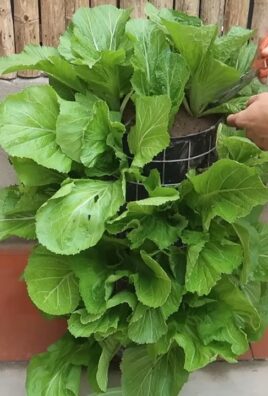
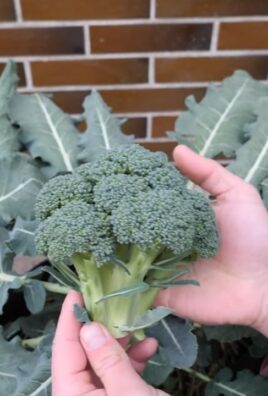
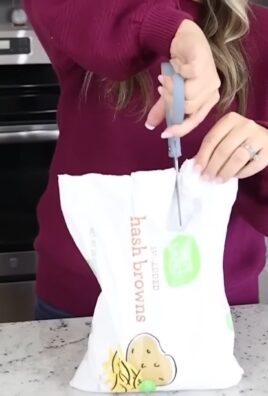
Leave a Comment